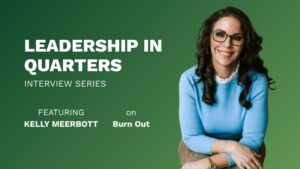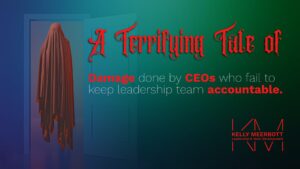The business landscape is evolving fast — and executives need to embrace transformation. Because change and innovation are not just inevitable; they are essential for any organization that aims to thrive. However, leading change and fostering innovation can be challenging, filled with resistance, uncertainty, and complexity. This is where executive coaches step in, equipped with a powerful arsenal of tools to guide leaders through these tumultuous waters.
Let’s explore these essential tools and how they can help leaders manage transformation, change, and foster innovation.
1. The Scepter of Emotional Intelligence
Assess for Change Readiness. Before embarking on any change initiative, it’s crucial to gauge the leader’s and organization’s readiness for change. Use tools like surveys, interviews, and SWOT analysis to understand the current situation, desired outcomes, and potential barriers. This assessment helps identify the strengths, weaknesses, opportunities, and threats that could impact the change process.
Develop Emotional Intelligence. Emotional intelligence is vital for navigating change. Equip leaders with the ability to understand and manage their emotions and those of others. This empathy and awareness are essential for handling resistance to transformation, and fostering a supportive environment. By wielding the Scepter of Emotional Intelligence, leaders can create a culture where change is embraced, not feared.
2. The Shield of Resilience
Enhance Resilience Skills and Mindset. Change often brings challenges and setbacks. Develop leaders’ resilience by building their capabilities, confidence, and adaptability. Use coaching models, feedback techniques, and growth mindset frameworks to foster a resilient mindset. This Shield of Resilience will empower leaders to bounce back from adversity and view obstacles as opportunities for growth.
Facilitate the Change Process. Support leaders in executing change efficiently and sustainably. Utilize project management tools, stakeholder engagement strategies, and change management frameworks to monitor progress and manage risks. The Shield of Resilience helps leaders stay strong and focused, ensuring that the change process is smooth and effective.
3. The Cloak of Visionary Thinking
Develop a Change and Innovation Vision and Strategy. Visionary thinking is the cornerstone of successful innovation. Help leaders articulate a clear and compelling vision for change. Use vision statements, SMART goals, and action plans to outline the purpose, benefits, scope, and timeline of the initiative. The Cloak of Visionary Thinking allows leaders to see beyond the immediate challenges and focus on long-term success.
Cultivate Creativity and Foresight. Encourage leaders to think creatively and explore new possibilities. Use brainstorming methods, innovation frameworks, and strategic foresight tools to ignite their imagination. With the Cloak of Visionary Thinking, leaders can pioneer new paths and drive transformative change.
4. The Armor of Strategic Agility
Build Strategic Agility. In a volatile business environment, adaptability is key. Equip leaders with the skills to pivot and adjust their strategies as needed. Use agile project management tools, scenario planning, and proactive planning techniques to enhance their strategic agility. The Armor of Strategic Agility ensures that leaders can navigate through changes with fluidity and precision.
Evaluate Change Outcomes and Impacts. Measure the results of change initiatives to ensure they align with the organization’s goals. Use evaluation models, data collection tools, and reporting methods to assess the effectiveness and sustainability of the changes. The Armor of Strategic Agility helps leaders continuously refine their strategies based on real-world outcomes.
5. The Compass of Continuous Learning
Promote Continuous Learning. A commitment to continuous learning is crucial for sustained innovation. Encourage leaders to pursue knowledge relentlessly, staying updated with industry trends and best practices. Use learning styles, coaching techniques, and feedback mechanisms to foster a culture of continuous improvement. The Compass of Continuous Learning guides leaders on their journey to perpetual growth and innovation.
Foster Self-Awareness and Responsibility. Use these steps to help leaders develop self-awareness and take ownership of their actions and decisions. Use powerful questions, reflection exercises, and self-assessment tools to enhance their understanding of their strengths, weaknesses, and areas for improvement. The Compass of Continuous Learning ensures that leaders remain grounded and focused on their development.
Transformation is possible.
These tools are essential for executive coaches to guide transformation. They are absolutely fundamental to foster transformative leadership. Without it, leadership is hollow and ineffective, lost to the chaotic seas of change — completely without direction and unable to innovate. By using these tools, executive coaches empower leaders to master the art of change and create true innovation.
…………………….
Kelly Meerbott, PCC is a renowned expert in executive leadership coaching, a TEDx and keynote speaker, author, and host of the podcast Hidden Human.
Are you ready for your leadership transformation? Let’s grow! Fill out the form below or connect with Kelly on LinkedIn!





